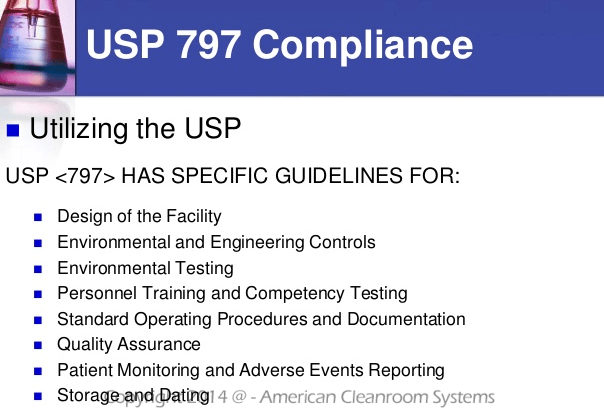A: Viable testing is for live microorganisms such as yeast, mold, or bacteria. Viable testing is typically done in pharmaceutical or medical device cleanrooms where sterility is key concern. Settling plates come with TSA or SDA media to promote growth. Humans are primary source of viable contamination. Non-viable cleanroom testing is done with a laser particle counter. The laser cannot differentiate between live or inert particles.
A: Cleanroom air flow pattern test uses smoke sticks to map air flow in a cleanroom. It is used to determine dead spots or non-laminar flow areas.
A: Some HEPA filters are designed with test ports where a technician can inject special tracer gases. No gases should pass thru the HEPA filter back into the room. Other tests include surface scanning of the HEPA for leaks and putting a manometer hood or Velgrid velocimeter on the HEPA to measure air flow in cubic feet per minute.
A: This test is to determine how much time it takes for a cleanroom to return to its cleanroom classification after contaminants are introduced. It is typically only done before the cleanroom is put into production. The contaminants are special aerosols that are designed not to damage the cleanroom.
A: The most common test is an at rest particle test. Other tests that can be done include smoke stick for air pattern flow, HEPA leak testing, air velocity testing and settling plate (viable).
A: Per ISO14664-3, the number of test samples is dictated by the area (ft2 or M2) of the cleanroom.
A: The cleanroom users manufacturing process can have tight temperature and humidity specification which are needed to comply with the FDA validation (ex. pharmaceutical or medical device) or acceptable manufacturing yield (ex. semiconductor photolithography).
A: The purpose of cleanroom light testing is to ensure that cleanroom workers have sufficient light to do their job properly. Testing is typically done with a light meter to measure footcandles at working height.
A: The purpose of cleanroom sound testing is to protect employees from extreme sound levels that can damage their health or prevent effect communication inside the cleanroom.
A: The IEST (Institute of Environmental Science and Technology) is a nonprofit technical society that makes recommendations and implements cleanroom ISO standards.



